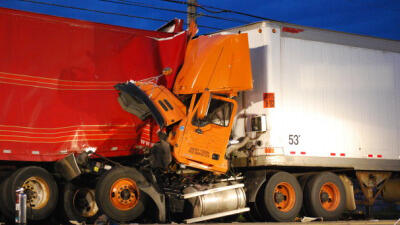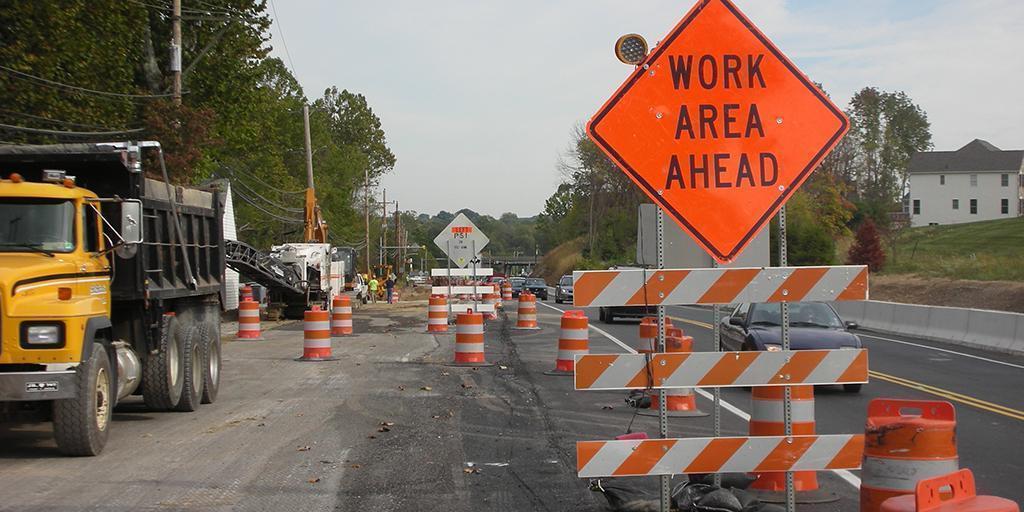What are you doing to retain the good drivers that you have today?
The following are some tips for consideration to retain the good drivers you have:
- Review for your company policies and procedures for honesty with your drivers. Make sure the policies are forthright and achievable by your drivers. The number one reason a driver leaves the employment of a motor carrier is that the driver feels that the company has been dishonest with them.
- Drivers need to be recognized as an asset to the company and a valued part of the company in all aspects of their operations and performance.
- Involve drivers in the operations of your company on a regular basis, i.e.: equipment selection, accident review committees, policy and procedure issues, customer service relationships etc. Develop a relationship with your drivers, know who they are, show a genuine concern for their welfare and longevity with the company. This relationship should be consistent from the top management and ownership down.
- Review your pay and benefit programs to make sure they are competitive in the industry.
- Keep your vehicle maintained with a systematic maintenance and inspection program that insures a safe operating unit for your driver.
- Provide ongoing training. It has been proven that drivers that receive training and are elevated in position are less likely to leave your company.
- Strictly adhere to your driver hiring and selection standards. Qualified, experienced drivers do not want to be associated with a company that hires substandard drivers.
- Provide a structured and comprehensive new driver orientation-training program. Drivers need to know the policies and procedures of the company prior to being placed into service. If the driver is informed of polices-procedures after being placed into service they will likely terminate, as they do not know what other polices-procedures they will be required to comply with in their job later.
- Recognize drivers for their achievements and performance. Safe driving awards, longevity awards, customer service, etc. Provide the drivers with recognition that they cannot get anywhere else. The recognition should be personalized to the driver…. Coats with their name and achievement, decals for the side of their units with their first name and achievement, plaques, etc. All driver recognition should take place with other drivers as their peers in attendance.
- When a driver terminates employment, conduct an exit interview. This can be done in person or send a self-addressed stamped envelope to the driver with a written evaluation to be completed. Try to determine what the actual reason for the driver leaving your employment.
Help Your Fleet Drivers Avoid Rear-end Collisions
Most drivers would admit that when in a hurry they sometimes follow the vehicle in front of them too closely, but that’s not a good idea. According to the National Highway Traffic Safety Administration, rear-end crashes are the most frequently occurring type of collision, accounting for approximately 29% of all accidents in the U.S.1
By failing to allow ample following distance, drivers rob themselves of time needed to react in an emergency, such as the car in front braking suddenly for an animal. The odds of a collision are even greater when tailgating behavior is combined with speeding or distracted driving.
A good rule of thumb to gauge following distance
Your fleet drivers can help to avoid rear-end crashes by slowing down and dropping back from the vehicle in front, or by passing that vehicle if they can do so safely. They need to know that tailgating is not an option.
A common tool used to determine proper following distance is the 3-second rule. It works by choosing a fixed point that is even with the car in front of you, such as a road sign or building. If you reach that fixed point before you can count to three, you are following too closely.
Prepare your drivers before they take the wheel
While most of your drivers are aware that it’s wise to maintain proper following distance, it’s good to remind them periodically of your safety-first policy with timely tips such as:
Use the 3-second rule. When the road is dry and straight, the 3-second rule is a simple way to give yourself enough time to react if a car or truck in front of you stops unexpectedly.
Be aware of the weather. If the road is wet, snowy, or icy, the 3-second rule won’t apply, and you’ll need more room to stop. You must also be prepared in case a vehicle in front of you skids.
Factor in visibility. If you are traveling dusk-to-dawn, that underscores the need for headlights that are clean and work properly, and for clean and clear windshields to minimize the impact of glare.
Know the vehicle you are driving. Does it have freshly adjusted brakes and ample tire tread? If not, you’ll need more space between your vehicle and the one in front of you to slow down.
Do not engage in Distracted driving activities. Distracted driving is any activity that diverts attention from driving, including talking or texting on your phone, eating and drinking, talking to people in your vehicle, fiddling with the stereo, entertainment, or navigation system—anything that takes your attention away from the task of safe driving.
Beware - We are now in the busiest time of year for Road Construction
Drivers need to be especially cautious of construction zones this summer. States are making a concentrated effort to raise the awareness of the dangers in these zones. Here are some safety tips you can share with your drivers regarding construction zones:
- SLOW DOWN and be alert when approaching a “construction zone.” Get into the correct lane well in advance. Where traffic is merging into a single lane, be cautious of other motorists racing to get ahead of slowing traffic.
- Get OFF the phone…. even Hands-Free phones are distracting your ability to safely operate your truck
- PAY ATTENTION to what those orange and black warning signs are telling you to do.
- BE ALERT for the actions of other drivers.
- PAY CLOSE ATTENTION to construction equipment and workers. You never know their next move, so be prepared to stop.
- WATCH SPEED LIMITS and don’t tailgate. Double your following distance. Rear-end collisions are the most common kind of construction zone accident.
- WATCH FOR CONSTRUCTION VEHICLES entering and exiting the road in or near the construction area, as they may enter and exit at a slower speed than other traffic.
- TURN YOUR HEADLIGHTS ON as you approach a work-zone, alerting both the construction workers and other traffic around you of your presence.
GIVE CONSTRUCTION WORKERS A BRAKE










